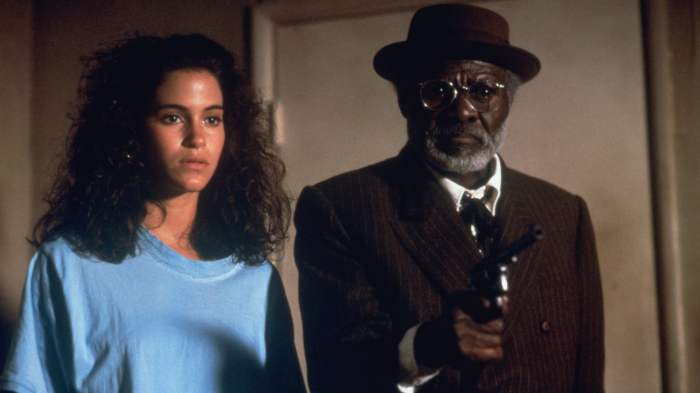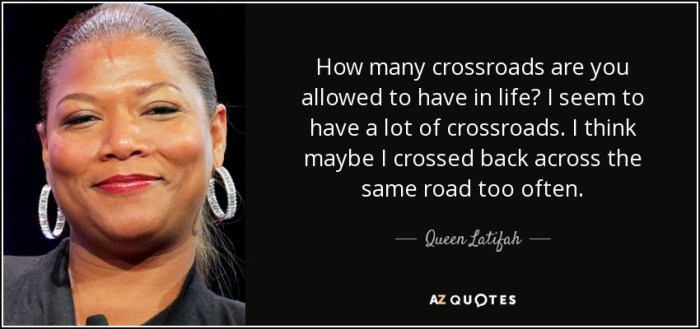In crossroads a sad vaudeville the flagman – In Crossroads a Sad Vaudeville: The Flagman’s Lament, we embark on a literary journey that explores the rich history of vaudeville, the metaphorical significance of crossroads, and the poignant character of the flagman. This captivating narrative delves into themes of sadness, nostalgia, and the inevitable passage of time.
Vaudeville, once a cornerstone of American entertainment, serves as the backdrop for this evocative tale. Through the lens of the flagman, a symbol of order and control, we witness the decline of this beloved art form and the bittersweet emotions it evokes.
Historical Context of Vaudeville

Vaudeville emerged in the late 19th century as a form of variety entertainment featuring a diverse range of acts. It played a pivotal role in American entertainment history, providing a platform for performers such as Charlie Chaplin, Will Rogers, and the Marx Brothers.
However, the advent of motion pictures and the rise of radio led to vaudeville’s decline in the early 20th century.
Symbolism of the Crossroads

Crossroads have long held metaphorical significance in literature and folklore, representing a point of choice and uncertainty. They symbolize the moment when individuals must make crucial decisions that shape their destiny. In the context of “Crossroads: A Sad Vaudeville,” the crossroads serve as a powerful symbol of the challenges and choices faced by the flagman and the performers.
Character Analysis: The Flagman
The flagman in “Crossroads: A Sad Vaudeville” is a symbol of order and control in a chaotic and unpredictable setting. As the stage manager, he is responsible for ensuring the smooth running of the show, but his presence also highlights the fragility of order in the face of adversity.
The flagman’s role is ironic, as he represents order in a world that is inherently chaotic.
Thematic Exploration: Sadness and Nostalgia

The phrase “in crossroads a sad vaudeville” evokes themes of sadness and nostalgia. Vaudeville, once a vibrant and popular form of entertainment, has faded into obscurity, leaving behind a sense of longing and regret. The play explores the bittersweet memories and lost opportunities associated with vaudeville, capturing the sadness and nostalgia that accompany the passage of time.
Structural Analysis: Table of Vaudeville Performers
| Performer Name | Act Type | Brief Description |
|---|---|---|
| Charlie Chaplin | Silent comedy | Known for his slapstick humor and iconic Tramp character |
| Will Rogers | Humorist and social commentator | Delivered witty and insightful monologues on current events |
| The Marx Brothers | Comedy team | Featured slapstick, puns, and surreal humor |
| Sophie Tucker | Singer and comedienne | Known for her raucous personality and signature song “Some of These Days” |
| Harry Houdini | Escape artist | Performed daring stunts that amazed audiences |
Visual Representation: Illustration of a Vaudeville Stage: In Crossroads A Sad Vaudeville The Flagman

A typical vaudeville stage featured a large proscenium arch, a curtain, and a seating arrangement that included both orchestra and balcony sections. The stage was typically well-lit and equipped with sound effects to enhance the performances. The atmosphere was lively and energetic, with audiences eager to witness the diverse range of acts.
Q&A
What is the significance of the crossroads in the story?
The crossroads represent the choices and uncertainties that characters face in life. It is a place where decisions can lead to both positive and negative outcomes.
How does the flagman symbolize order and control?
The flagman is responsible for maintaining order and safety during vaudeville performances. His presence represents the desire for stability and predictability in a chaotic and unpredictable world.
What is the main theme of the story?
The main theme of the story is the bittersweet nature of nostalgia and the passage of time. It explores the longing for the past and the inevitability of change.
